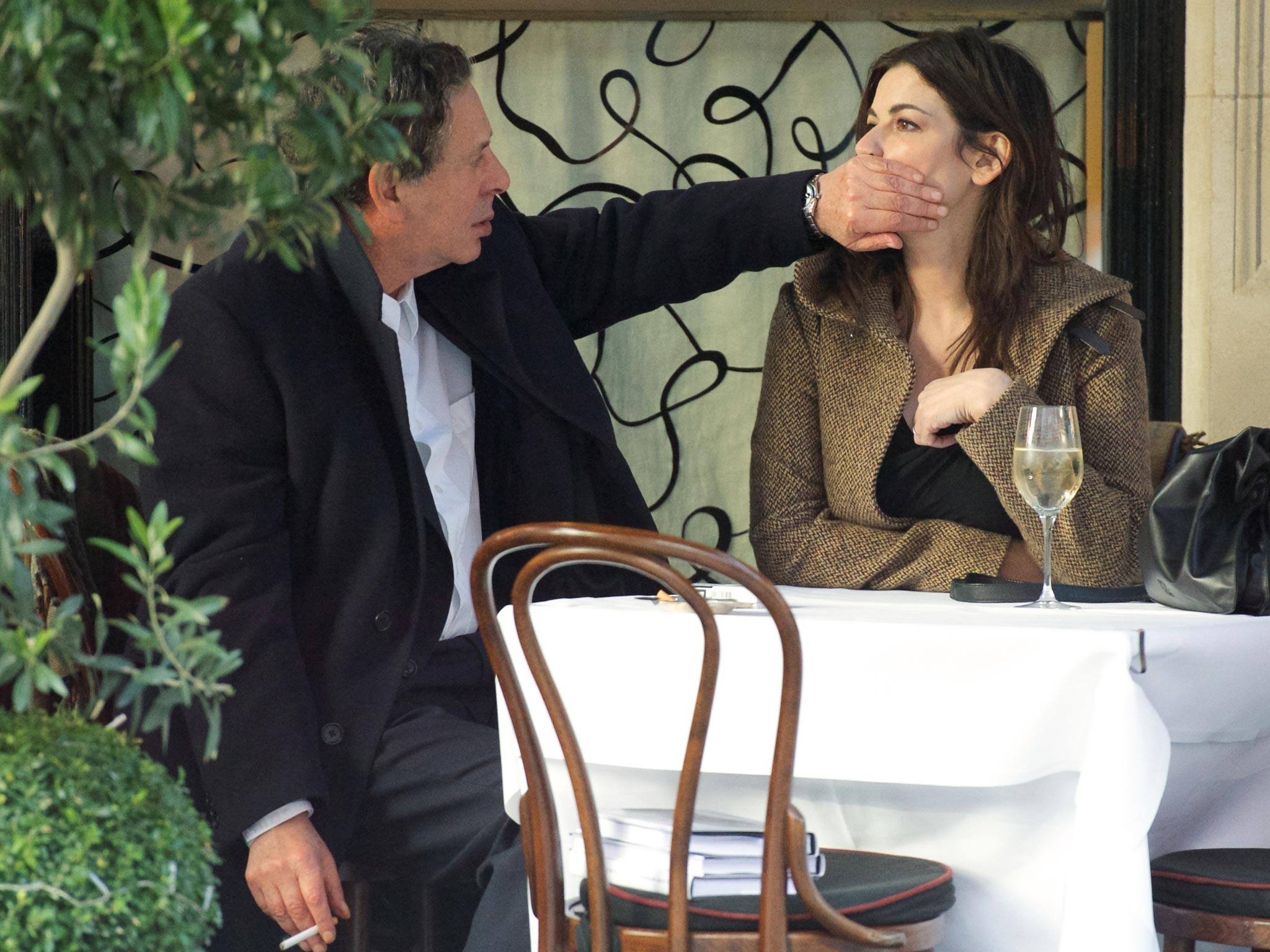Saatchi and Clegg: The moral lynch mob has found a new target
Everyone must express outrage about Saatchi, because that is what decent people do

My God! What kind of monster is Nick Clegg? How could he refuse to condemn Charles Saatchi, when prompted by someone who believes that condemning someone on the basis of a picture is what the nation expects of our public figures?
It appears that everyone must express outrage about Saatchi, because these days that is what decent and respectable people do. The finger of blame is rarely lowered – it is continually pointing – waiting for the next personification of evil. There are powerful cultural signals that tell us that the evil is out there – we only need to put a face to it. And once evil has been sighted, let the witch hunt begin.
One of the most disturbing manifestations of the current moral climate of suspicion is the speed with which people develop very strong opinions about those they have never met or about others’ personal relationships that they do not understand – and all on the basis of very little information. Sadly, sections of the media and public figures who ought to know better lead the way. The recent Twitter campaign against Lord McAlpine indicates that even highly educated people have internalised an ideology of evil that gives them permission to publicly humiliate their target.
So why is it that people were so delighted to be given the opportunity to condemn McAlpine? Why was it that so many members of the public were prepared to believe the fantasies of a conspiracy theorist? Why is it that even after the accusations against Andrew Mitchell or Robert Murat have been exposed as false, the moralising lynch mob is still searching for its next target?
If you read through the tweets condemning McAlpine or the statements made about Saatchi, what will strike you is their self-righteous, “it’s all about me” tone. Being seen to be on the right side of respectable mob opinion plays a significant role in the unfolding of this drama. Why? Because the very act of condemnation represents an important public statement. According to that overused phrase, it means that you are “aware”. Condemning is an act of drawing a moral distinction between good and evil. It is a way of letting the world know that you are on the right side of the Almighty.
The hysterical dimension of the mini moral-crusade against Saatchi and others is underwritten by the presumption that there can be only one truth and only one version of the story. So a picture of a man and a women is not open to different interpretations. It is conclusive evidence of malevolent behaviour. The failure to see the manifest truth communicated by the picture is itself proof of the fact that you are not aware or, worse still, that you are complicit in tolerating evil.
It is important to remember that historically witch hunts were not so much about doing bad things to witches as in placing pressure on the community to accept the truth. That is why everyone is expected to take sides. Indeed, in medieval times, those who expressed scepticism about the reality of witches were condemned as the worst of the worst. Scepticism or uncertainty was itself a marker for evil. The same imperative is at work in 21st‑century Britain. The failure to condemn someone on the basis of a picture is interpreted as tolerance of domestic violence and predatory behaviour.
So when poor Nick Clegg did the decent thing and refused to sign up to the witch hunt, he unwittingly became a fresh target. Several Members of Parliament immediately pounced on him to demonstrate that unlike Clegg they were terribly aware. Sarah Wollaston, Tory MP for Totnes, felt that she had the moral authority to play God. She said: “So just don’t ‘call Clegg’ if your partner likes to grab you by the throat to emphasise the point.” That was her way of saying: end of discussion – you are either with us or against us.
Historically, a climate of witch hunt has been associated with moments of moral confusion and uncertainty. These are times when there is an absence of clarity about how to give meaning to human experience, and how to establish a consensus about what is right and what is wrong. In previous times, such moral confusions were expressed through the language of religion or a political ideology. In our individualised era, society gives voice to its moralising ambitions in a very personal form. We take pleasure in the sighting of evil because that is one of the few ways we are able to give voice to our respectability.
Myself, I am still haunted by that picture. Not the one of Lawson and Saatchi. But the picture of a young man in his late twenties carefully holding a tiny baby in his arms. When researchers asked people to indicate what they saw, the majority responded by stating that it was a man abusing a child. After all, it was a picture. In fact, it was a father cuddling his baby. A story of our time – when we so casually condemn others.
Twitter: @Furedibyte
“Frank Furedi is Emeritus Professor of Sociology at the University of Kent. His latest book is “Moral Crusades in an Age of Mistrust”
Join our commenting forum
Join thought-provoking conversations, follow other Independent readers and see their replies
Comments